How to install lawn edging: metal & plastic garden edging guide
 Lee Burkhill: Award Winning Designer & BBC 1's Garden Rescue Presenters Official Blog
Lee Burkhill: Award Winning Designer & BBC 1's Garden Rescue Presenters Official Blog

Lawn edging is a really effective way of keeping your garden flower beds and lawn looking sharp all year round. In fact - it's one of my garden design secret weapons! I use edging in most of my designs to help reduce garden maintenance and increase the amount of time you get simply enjoying your garden!
Lawn edging is a strip of metal, plastic or other weatherproof material such as bricks, that is used to provide a barrier between your lawn and any flower beds.
It helps define the edge and reduce the amount of time spent with a half-moon edger cutting clean turn lines each year. This is because the lawn edging prevents grass from growing into your flower beds which in turn reduces weeding or grass removal!
Ideally, lawn edging is low enough to be mowed over but high enough to stop grass from growing over it. This is why most lawn edging sticks up 3mm above the soil level. Given most lawns are mowed with a few centimetres clearance the strip doesn't catch on the mower.
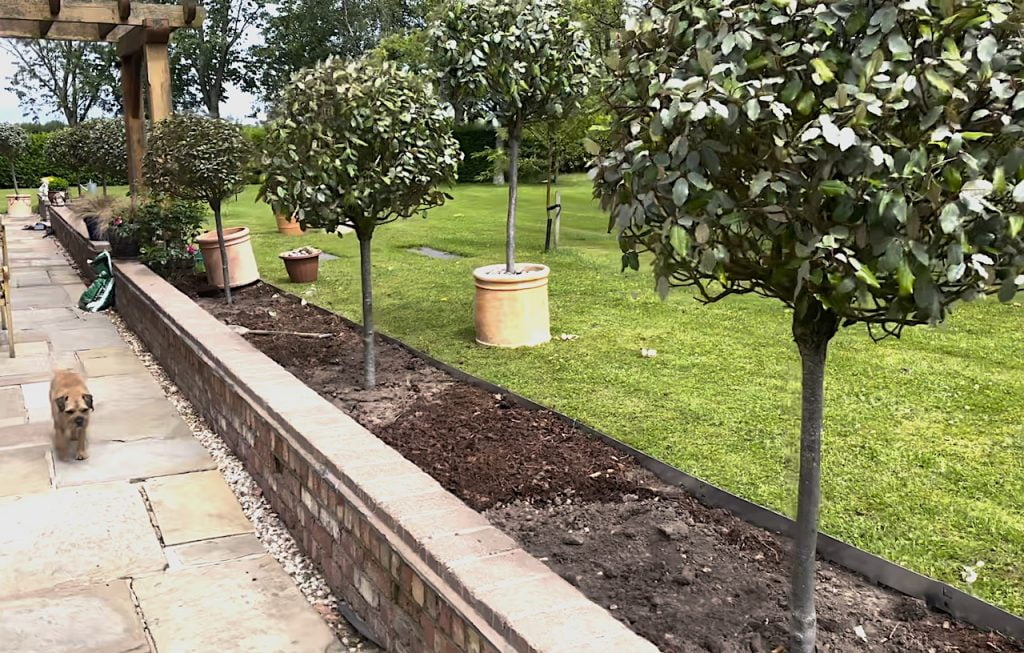
Lawn edging can also be used as a design aesthetic to provide a striking contrast between the lawn and the flower bed. In particular, corTen steel (which turns bright orange in the rain) or coloured edging strips can really offset against the bright green lawn.
Did you know that you can take my course and learn how to become a Garden Ninja yourself? Click here for details
The following tools are required for this easy garden task:
Fitting lawn edging is relatively easy and doesn't require a degree in DIY or landscaping. The process is the same for both metal and plastic edging.
This helps define the space and gives you a clean line to start with. Use a sharp spade or half-moon edger to create your newly defined lawn.
Any turf that's dug up can be easily composted by turning it upside down and leaving it for 6 -9 months. Usually, the back of a shed or border is an ideal place to do this. This allows the turf to rot down leaving beautiful loamy soil.
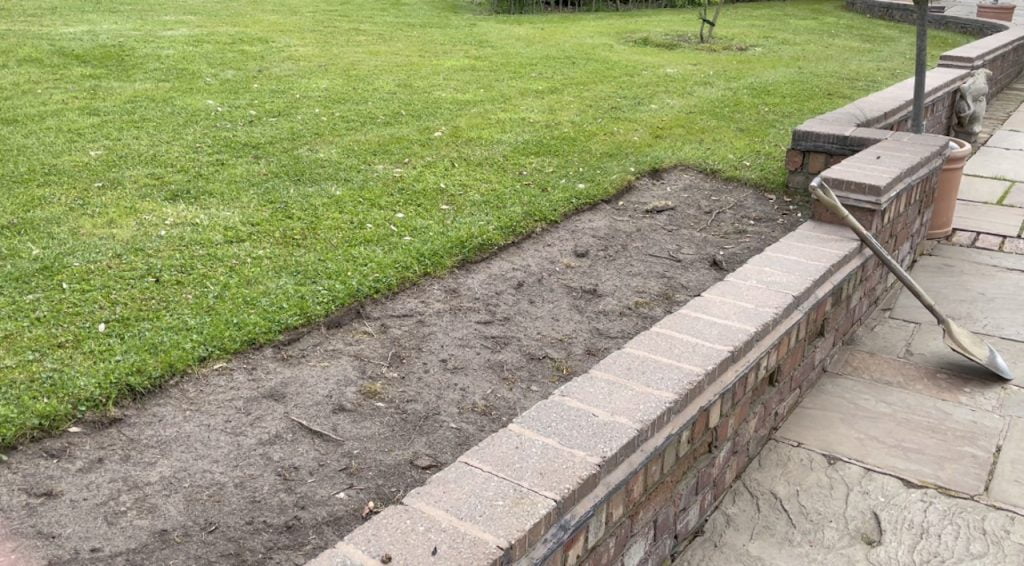
Using a tape measure work out how many meters of edging you need. Remember that corners look better if made from one continuous piece that has a join on a bend or corner.
Lay out your edging.
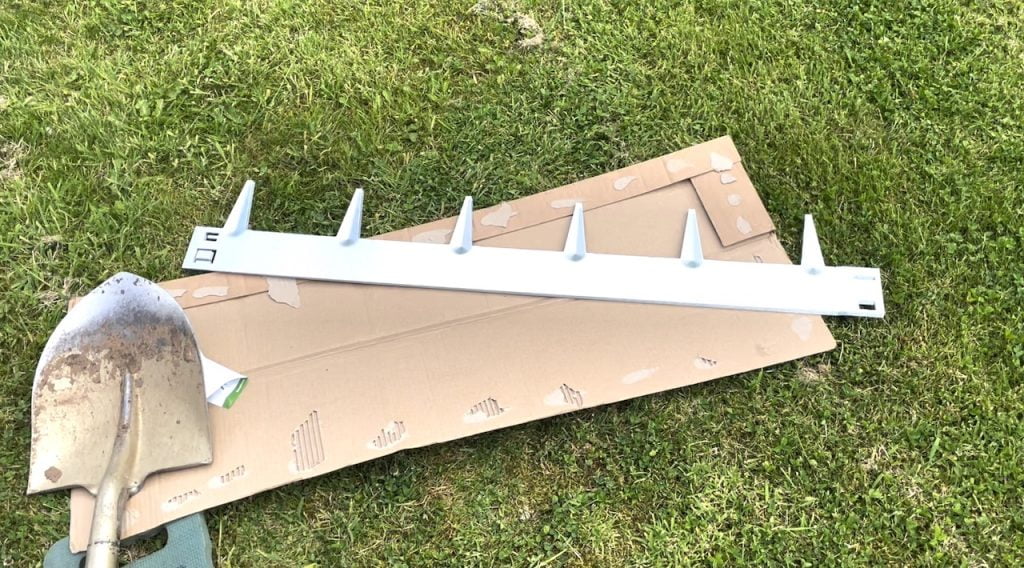
You want to position the edging right up against the turf with the spikes facing downwards. These will be the anchors for the strip to stabilise it in the soil.
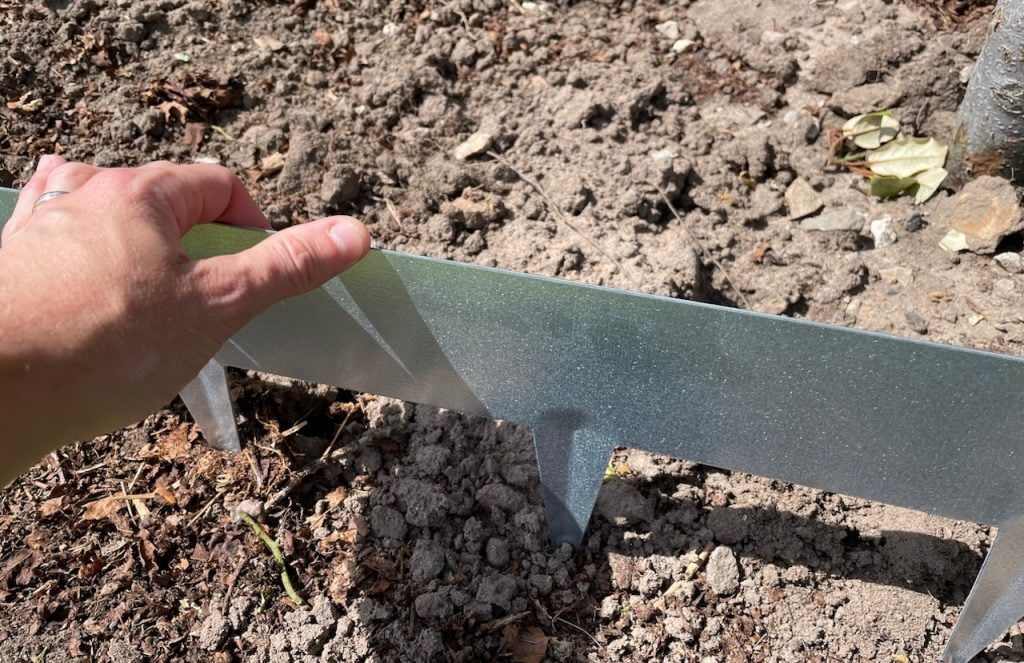
You want to embed the lawn strip so 3mm is above the soil level of the turf. This allows for easy mowing. You can use the wooden block to even out the pressure from the mallet and stop the metal from being damaged.
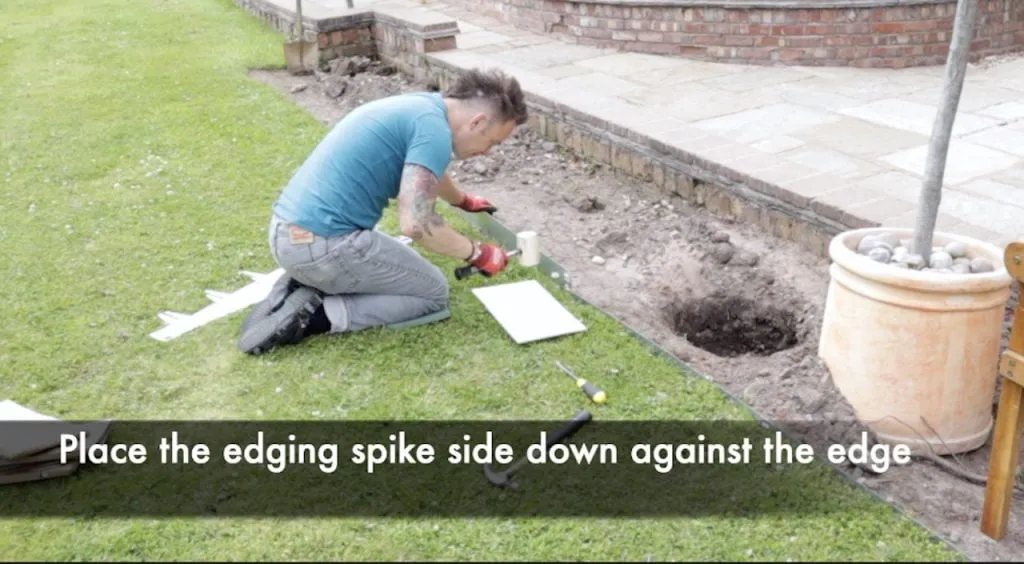
Hammer in the lawn edges in a uniform fashion. You may need to work from one side to the other in a repetitive fashion until it's level.
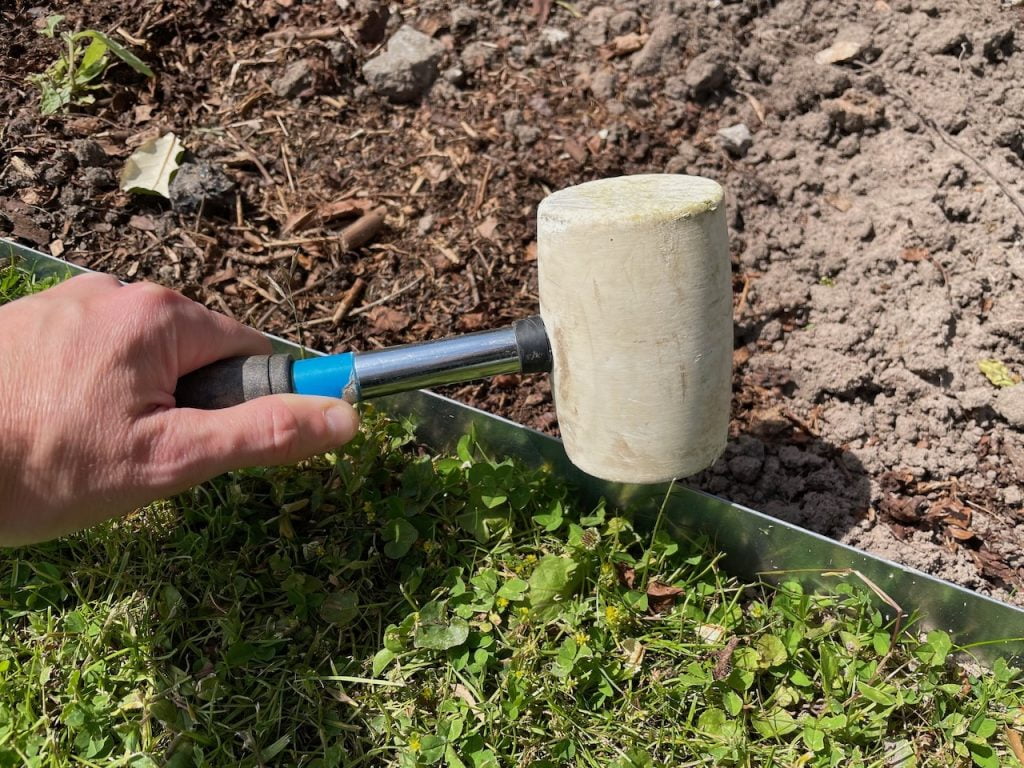
Most metal edges come with a connector that overlaps slightly on one side, usually the right side. Connect these together to ensure the line is unified and doesn't bend or flex apart from each other. The screwdriver can help manipulate the connector to fit snugly!
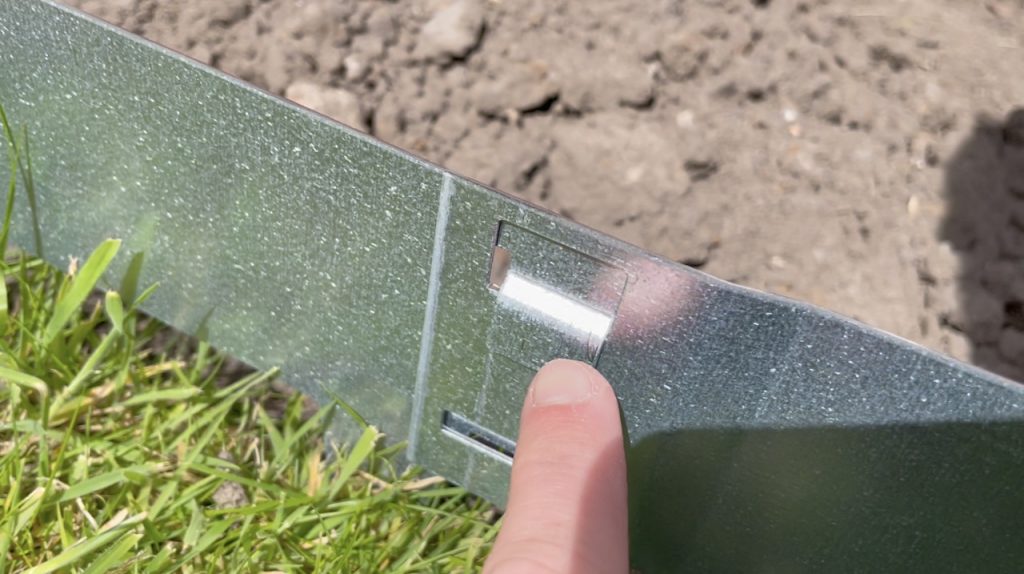
You may need to use the mallet again after this to ensure its level again.
With metal edging it's easy to bend the lawn strip to accommodate corners or even right-angled bends.
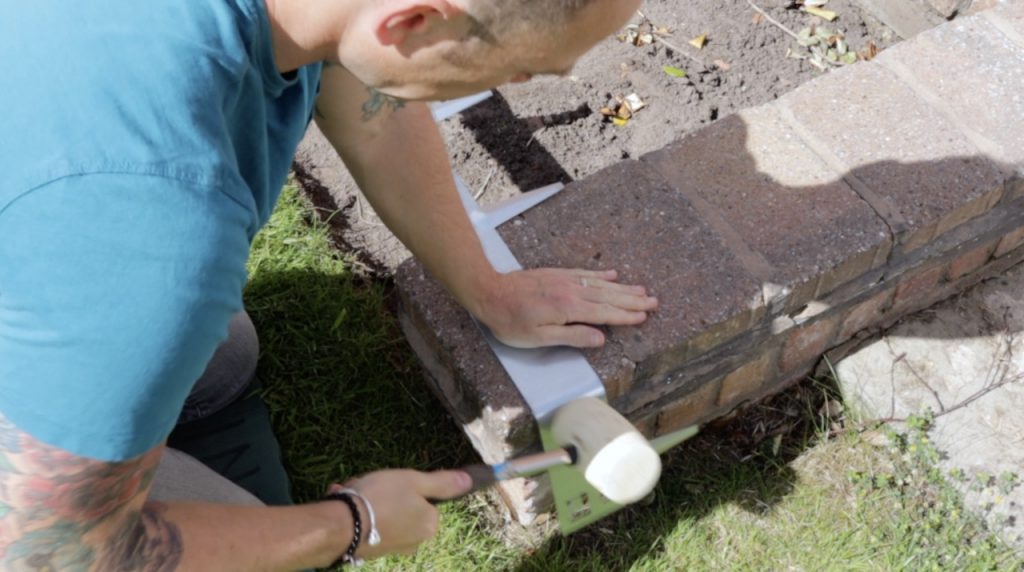
Work out where the corner needs to start and then use a strong flat edge such as a wall, block or piece of wood you can then bend the edge round by hand. Finish it off by using the mallet to create a flush neat bend. Then fit as you would a regular strip.
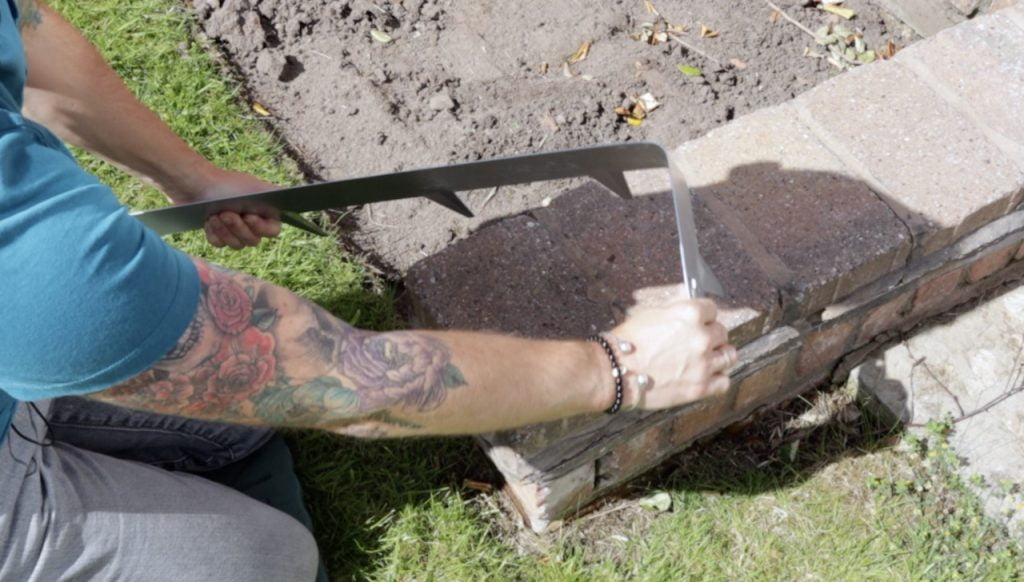
If your edging is 1-3mm above the soil level your mower on setting 3 (the lowest of most mowers without scalping a lawn) will pass over easily for perfect edges!
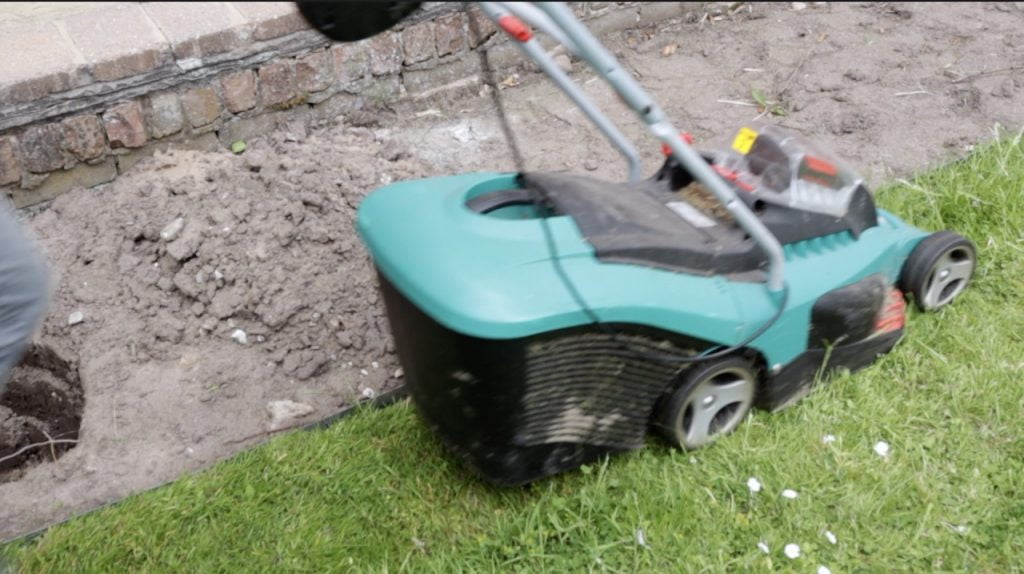
Fitting plastic lawn edging is the same as above apart from the fact that usually, they don't come with spikes. Plastic garden edging usually has to be dug into a mini trench or slit. So can be more time-consuming.
Use a sharp spade and dig your trench along the side of the newly neatened lawn.
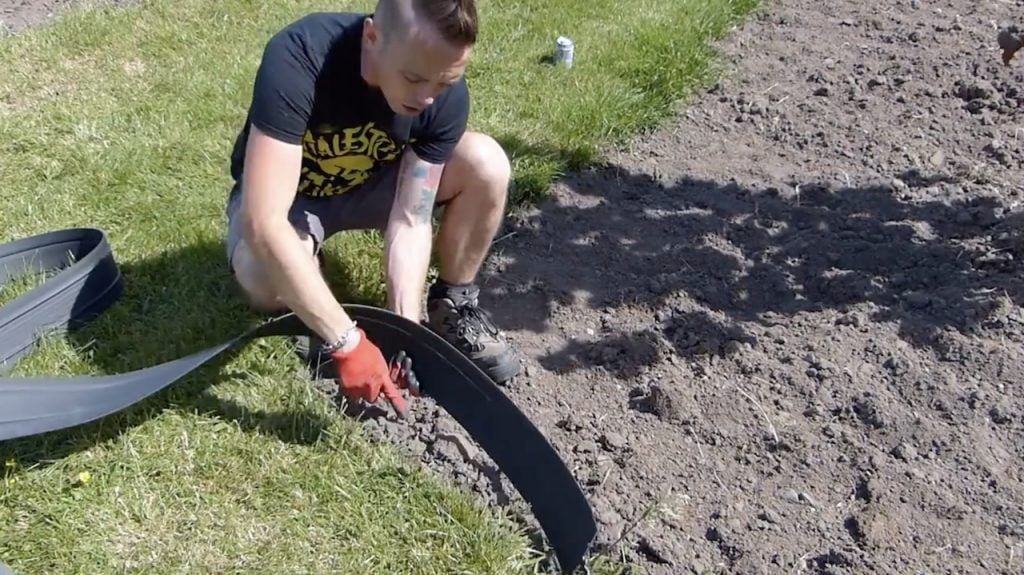
Dig your trench for lawn edging 3–6 in (7.6–15.2 cm) deep depending on soil type (clay soil may be shallower as will bind easier whereas sandy soil will need to be deeper).
Using your heel backfill the flower bedside of the strip so it's secure. Ensuring the strip is straight and not at a lean where it can catch your mowers blades.
Plastic lawn edging also uses pins to give it a firm grip and allow you to connect multiple pieces together in one run. It's always best to try and get the longest run out of one piece rather than joining pieces together. It looks better and is easier to manage.
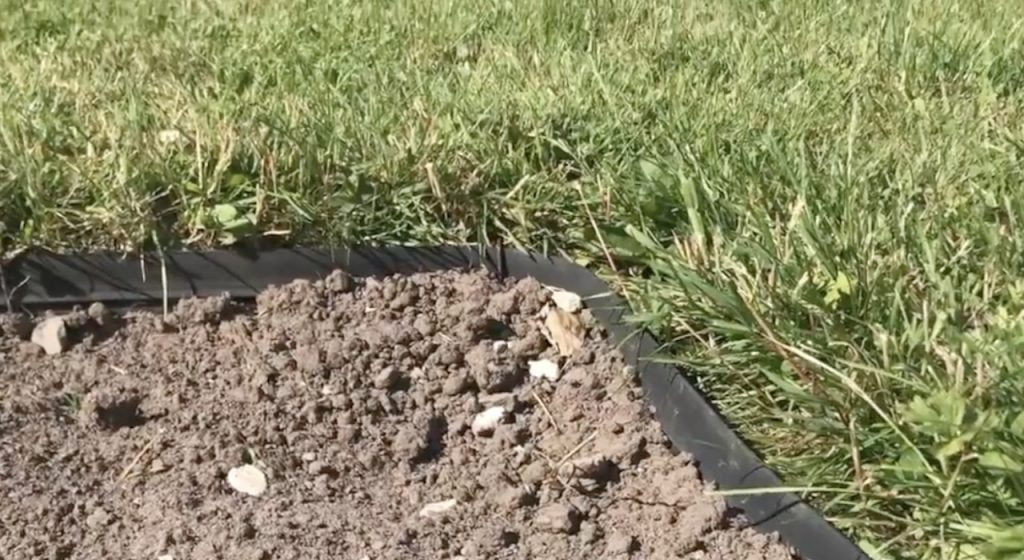
In my work, I've used both metal and plastic. If money is no object then metal garden edging wins hands down in terms of ease of installation and also life span. It tends to fail less whereas plastic strips can sometimes pop up if not secured properly.
The cost is a consideration when you consider metal edging can be £8-10 per meter vs plastic which is around £2 per meter. In larger gardens, this can soon add up making it a costly considered choice.
Everedge is a proprietary form of metal edging from the UK. Everedge is one of the best and well-recognised brands as it is super easy to fit, available in a range of colours and has a great life span. The edging used in my guide was Everedge but not endorsed or sponsored by them.

Lawn edging is a great way to reduce maintenance and sharpen up the look of your garden. It means you can spend less time edging and more time enjoying your green space. With a multitude of colours and materials, the choice is yours whether you want to make your lawn edges look like a statement piece or just blend in.
I’d love to hear back from you on your grow-your-own journey! How have your seedlings been getting on? Why not get in touch on Social media? You can Tweet, Facebook or Instagram me. You can also check out the other guides and vlogs on my Youtube channel.


You must be logged in to post a comment.

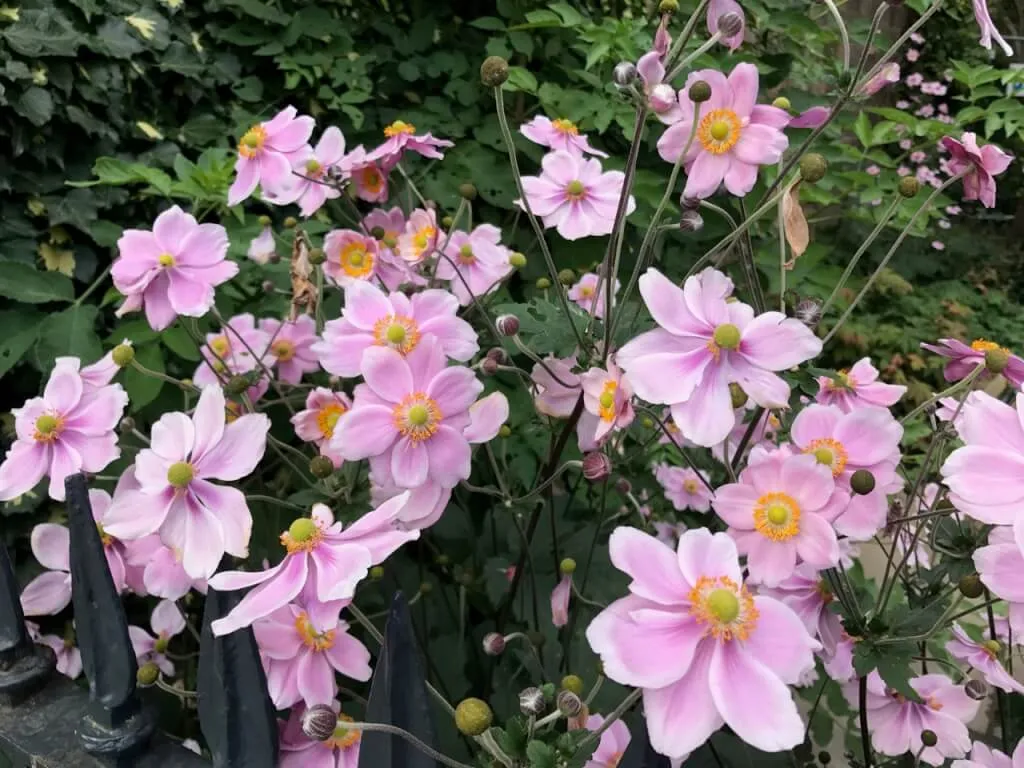
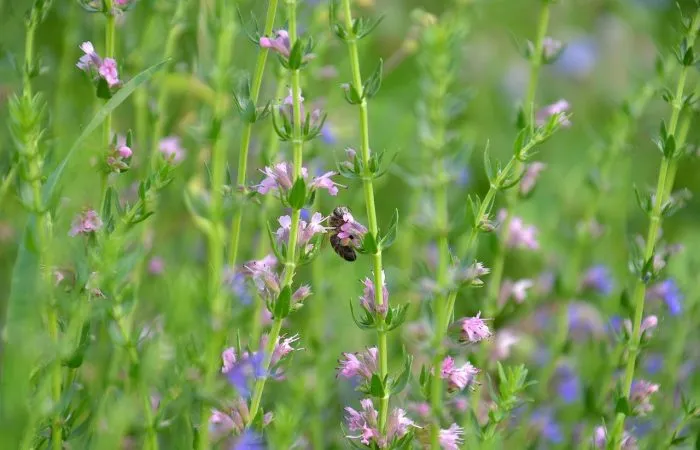
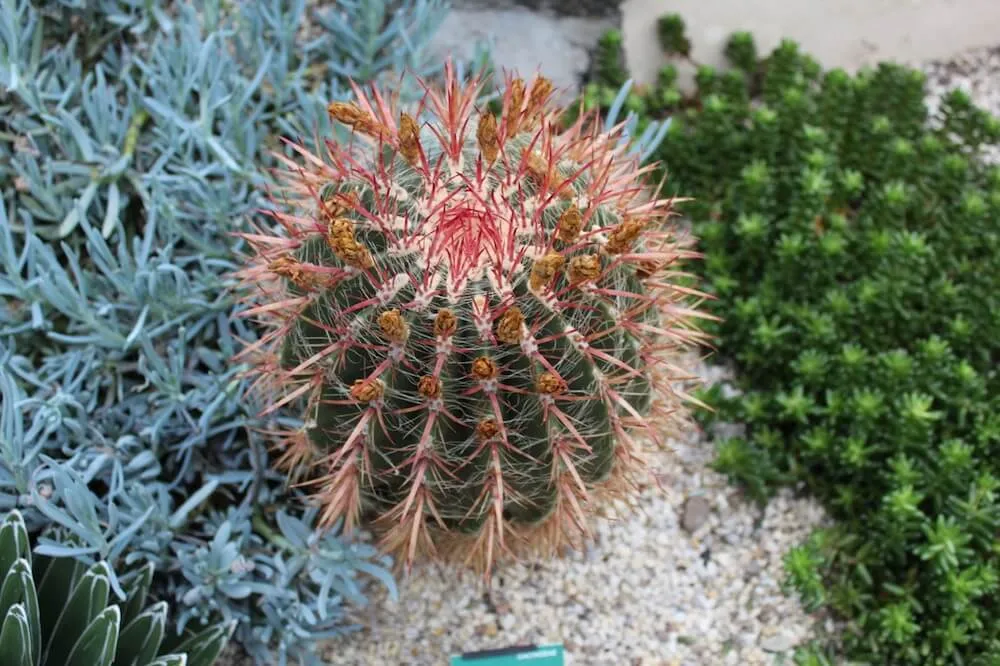
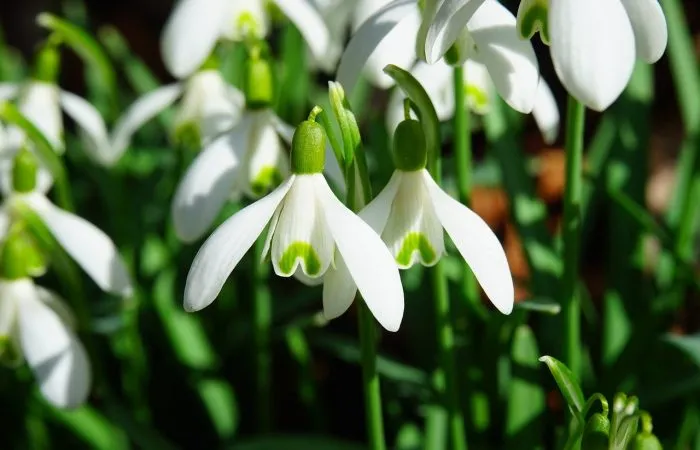
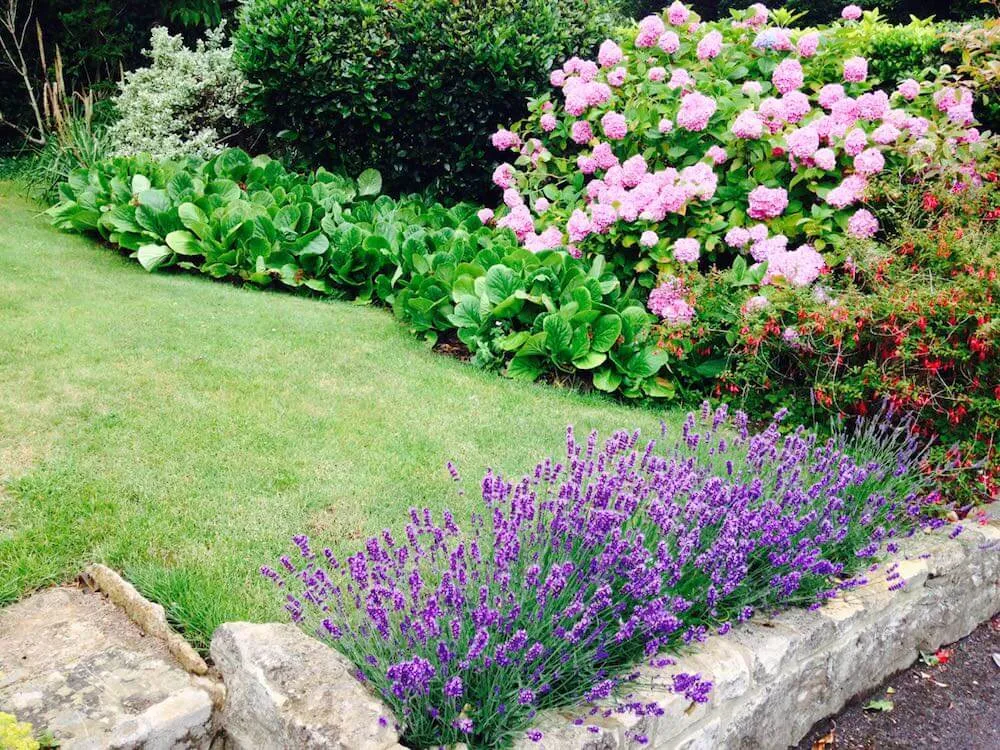
JOIN THE NINJAS

Be the first in line for new Guides, Discount codes and Offers
If your borders are more curved rather than having corners will the metal edging still work ? Can it be bent /shaped to follow a curved edge? Thanks